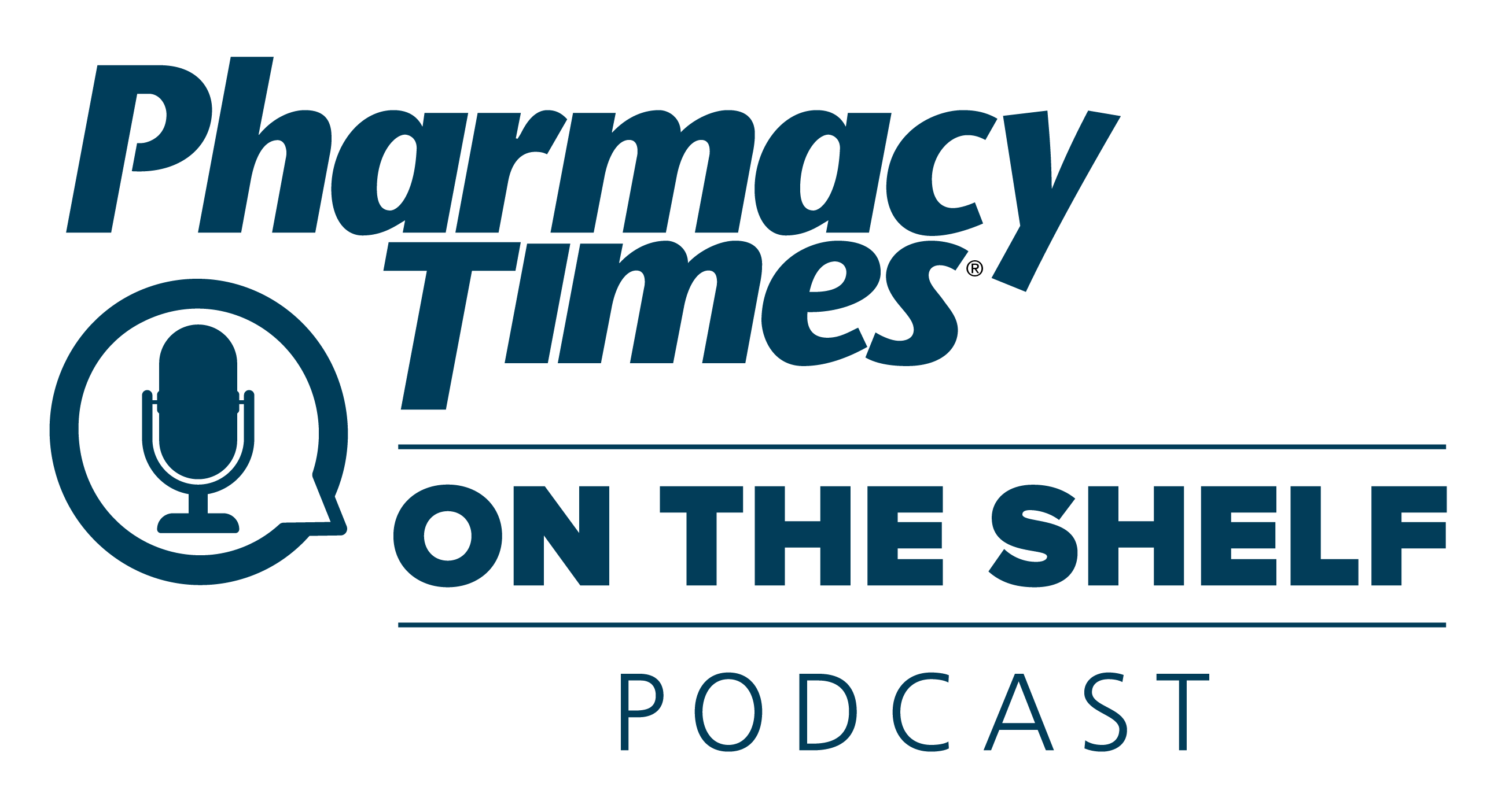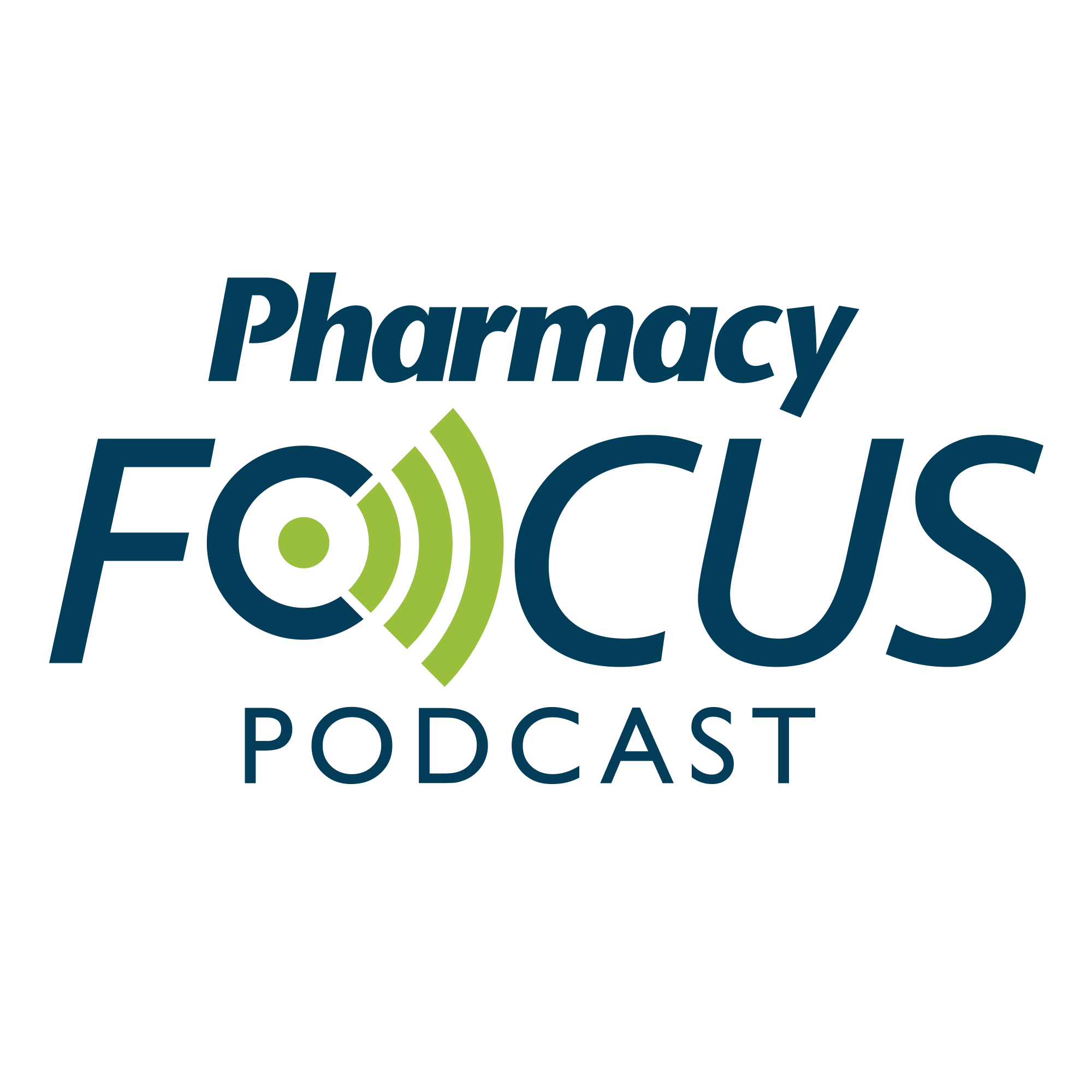Publication
Article
Pharmacy Times
OTC Intranasal Steroid Inhalers: What Every Patient Needs to Know
Author(s):
Many allergy sufferers elect to use OTC allergy medications that contain antihistamines and/or decongestants to relieve their nasal and ocular allergy symptoms.
Many allergy sufferers elect to use OTC allergy medications that contain antihistamines and/or decongestants to relieve their nasal and ocular allergy symptoms. However, some allergy sufferers do not find complete relief from using these agents and often choose to use OTC intranasal corticosteroids (ICs) to manage allergic rhinitis (AR) symptoms. ICs are indicated for the temporary relief of symptoms such as nasal congestion, rhinorrhea, itching, and sneezing.1 Glucocorticoids (another name for ICs) exert their pharmacologic effect by inhibiting multiple cell types and mediators, such as histamine, and effectively halt the allergic cascade.1
Although there are several OTC options for treating AR, the American Academy of Allergy, Asthma & Immunology (AAAAI) and the American College of Allergy, Asthma and Immunology (ACAAI) guidelines report that ICs have proven to be the most effective medication class for controlling symptoms of AR.2 The AAAAI/ACAAI guidelines state that ICs may provide significant relief of symptoms of AR when used regularly or as needed; however, as-needed use may not be as effective as daily use.2

In the past few years, the FDA has approved the switch of 3 ICs from prescription to OTC status (Table). The first was Nasacort Allergy 24HR (triamcinolone acetonide; Chattem, Inc) in October 2013,1,3 the second was Flonase Allergy Relief (fluticasone propionate; GlaxoSmithKline, Inc), and the latest is Rhinocort Allergy OTC (budesonide; McNeil Consumer Health), which is available as a 24-hour nasal spray.
Pharmacists should be prepared to counsel patients on the proper use and potential adverse effects (AEs) associated with the use of ICs. To ensure appropriate use and to avoid any contraindications, patients with preexisting medical conditions (eg, glaucoma, cataracts, immune system issues, eye infections, a recent nose injury that has not healed) or patients currently using another steroid medication for asthma, allergy, or skin rash should consult their primary care provider (PCP) prior to using IC inhalers.1,4-7
Nasacort Allergy 24HR
Nasacort contains triamcinolone acetonide and is approved for the temporary relief of symptoms of hay fever and upper respiratory infections.1,4 Dosing for individuals 12 years and older includes 2 sprays in each nostril once daily; the manufacturer recommends reducing the dose to 1 spray in each nostril when symptoms improve.1,4,5 For patients aged 6 to 12 years, the dosing recommendation is 1 spray daily in each nostril; if that dose does not relieve symptoms, 2 sprays daily may be administered.1,4 When symptoms improve, once-daily administration should be resumed. Children aged 2 to 6 years should use 1 spray in each nostril once daily.
A pediatrician should be consulted about the duration of use because the growth rate of some children may be affected by the use of triamcinolone acetonide.1,4,5 Nasacort provides 24-hour relief, is marketed as scent- and alcohol-free, and contains no drowsiness warnings.4,5 Nasacort is also available in a children’s formulation for patients 2 years and older.5
Flonase Allergy Relief
The active ingredient in Flonase Allergy Relief is fluticasone propionate. The product is marketed as the first and only OTC IC indicated to provide 24-hour relief of nasal symptoms and eye-related allergy symptoms.1,6 It is formulated to block histamine cytokines, prostaglandins, tryptases, chemokines, and leukotrienes, and to provide temporary relief of symptoms of hay fever and other upper respiratory allergies (eg, nasal congestion, runny nose, sneezing, itchy nose, itchy and watery eyes).1,6 The recommended dosing for individuals 12 years and older is 2 sprays in each nostril during week 1, 1 to 2 sprays as needed in each nostril during week 2 through month 6, and after 6 months of daily use, consult a PCP about continual use.1,6 For patients aged 4 to 11 years, the manufacturer recommends using 1 spray in each nostril once daily.
A pediatrician should be consulted about the duration of use because the growth rate of some children may be affected by the use of this product.1,6 This product should not be used in patients younger than 4 years.6 The product label includes precautions for certain patients, such as those with glaucoma or cataracts, those who have had a nasal injury or surgery that has not fully healed, and those taking medications for HIV, such as ritonavir. Individuals taking ketoconazole or steroid medications should contact their PCP before using this product.6
Rhinocort
Rhinocort contains budesonide and is indicated, in adults and children 6 years and older, for the temporary relief of hay fever or other upper respiratory allergy symptoms, such as nasal congestion, runny or itchy nose, and sneezing.7 This product provides 24-hour relief and is scent- and alcohol-free. Dosing for individuals 12 years and older is 2 sprays in each nostril once daily, with a reduction to 1 spray once daily when symptoms improve.7 Individuals aged 6 to 12 years can administer 1 spray in each nostril once daily; if that dose does not relieve symptoms, 2 sprays daily may be administered. Once symptom relief is obtained, use should be reduced to 1 spray in each nostril per day.7 This product should not be used in patients younger than 6 years.7
Counseling Tips
- To achieve optimal allergy relief, ICs should be used on a consistent basis, not episodically; however, some patients are directed to use them as needed.1
- Symptom relief may not be observed for up to 1 week after initiation of therapy, but many patients see some improvement within days.
- Prior to administering medication, always clear the nose by gently blowing it.3-6
- Prior to using the spray for the first time, make sure the bottle is primed, and always shake it well.3-6
- Priming should take place if a new bottle is used, the spray has not been used in at least a week, or the nozzle has just been cleaned.
- To ensure accurate dosing, follow the manufacturer’s recommended protocol for priming the spray.
- It is important to keep the inhaler’s spray nozzle clean by rinsing it under running tap water and drying it to ensure a full dose. It should be cleaned weekly or if it is clogged.1
- Discard the container after 60 to 120 doses have been delivered, depending on the size of the inhaler, even if the bottle does not feel completely empty.1
- If a dose is missed, never double a dose.
- Only use the spray as directed, and never use more than the recommended dose.
- AEs are typically mild and may include nasal discomfort, nosebleeds, or sneezing.1,2
- More serious AEs include changes in vision, glaucoma, increased intraocular pressure, cataracts, increased risk of infection, and growth inhibition in some children.1
- Contact your PCP immediately if you experience any AEs or have concerns while using these types of allergy medications.
Ms. Terrie is a clinical pharmacy writer based in Haymarket, Virginia.
References
- Scolaro K. Colds and allergy. In: Krinsky D, Berardi R, Ferreri S, et al, eds. Handbook of Nonprescription Drugs. 18th ed. Washington, DC: American Pharmacists Association; 2015.
- Wallace DV, Dykewicz MS, Bernstein DI, et al; Joint Task Force on Practice; American Academy of Allergy, Asthma & Immunology; American College of Allergy, Asthma and Immunology; Joint Council of Allergy, Asthma and Immunology. The diagnosis and management of rhinitis: an updated practice parameter. J Allergy Clin Immunol. 2008;122(suppl 2):S1-S84. doi: 10.1016/j.jaci.2008.06.003.
- FDA OKs OTC triamcinolone (Nasacort) nasal spray. Medscape website. medscape.com/viewarticle/812522. Accessed February 20, 2016.
- Nasacort [package insert]. Chattem, Inc, website. nasacort.com/hcp. Accessed February 20, 2016.
- Children’s Nasacort Allergy 24 HR [package insert]. Chattem, Inc, website. nasacort.com/childrens-nasacort.aspx. Accessed February 20, 2016.
- Flonase [package insert]. GlaxoSmithKline website. flonaseprofessional.com/efficacy-safety-information. Accessed February 20, 2016.
- Rhinocort [package insert]. McNeil Consumer website. flonase.com. Accessed February 20, 2016.


FDA Approves Dupilumab, Marking First Targeted Therapy in a Decade for Chronic Spontaneous Urticaria





